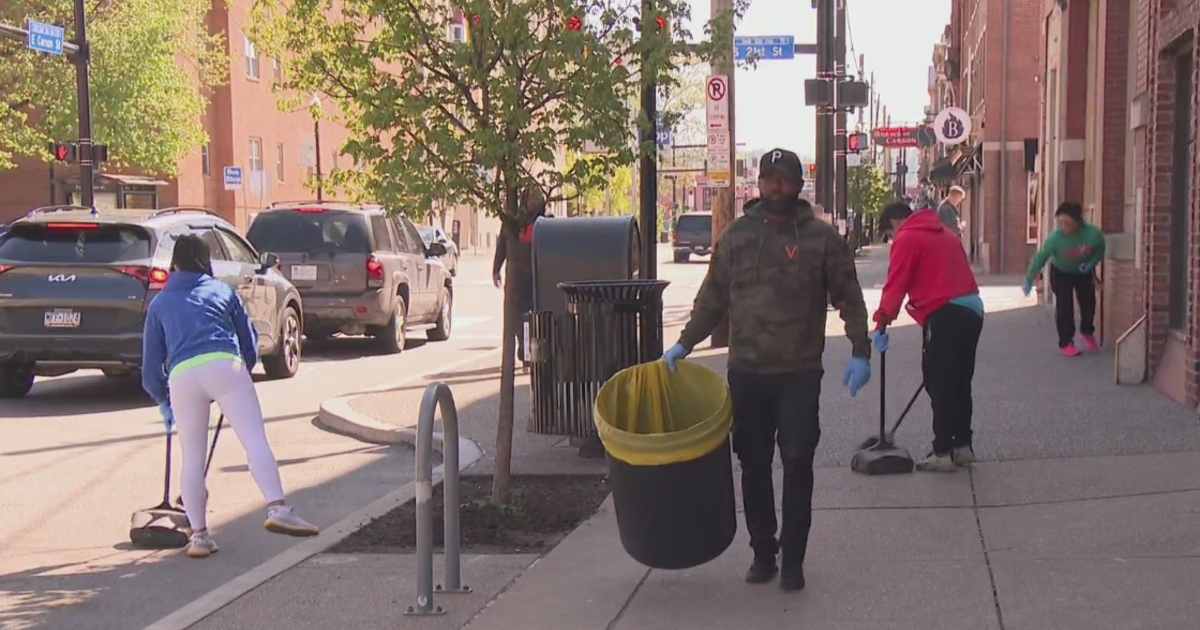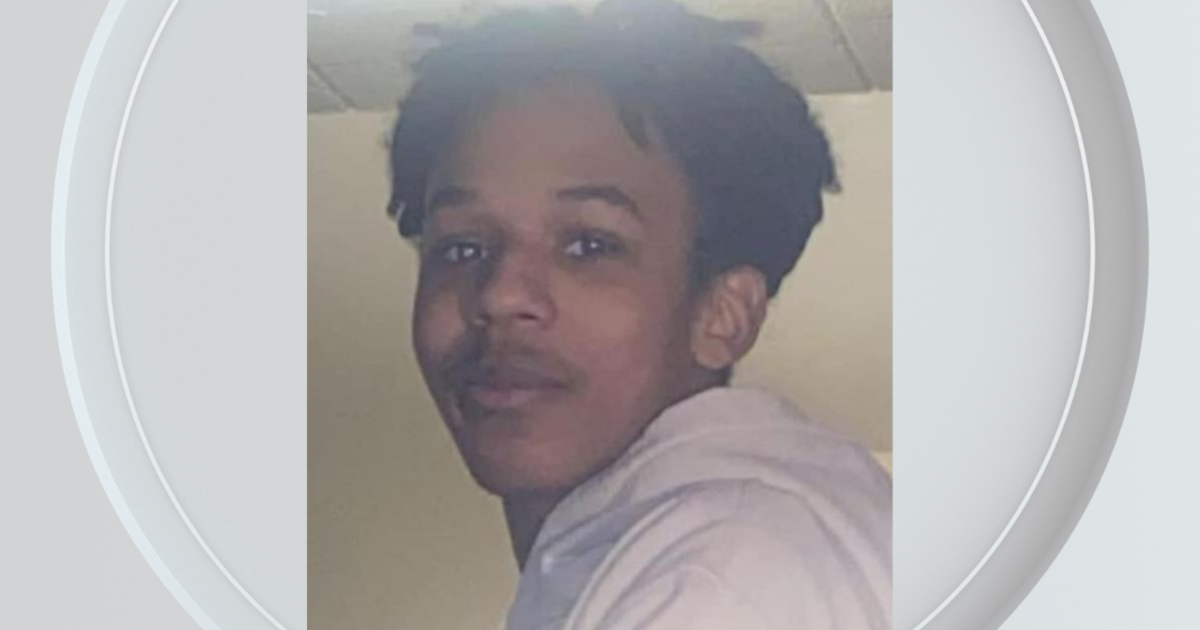Carnegie Museum Of Natural History Holds Many Secrets
OAKLAND (KDKA) - The Carnegie Museum of Natural History ranks in the top five in the country. In 1896, ground was broken in Oakland, and being, by nature, a competitive guy, founder Andrew Carnegie financed explorers traveling to the ends of the Earth to fill his museum.
"He was competitive. But, I think it was really more about getting the best for Pittsburgh," Leigh Kish said.
Still mesmerizing is "The Camel Driver Being Attacked By Barbary Lions."
Carnegie bought it for $50. The camel and lions are real and the French taxidermist who prepared it for the Paris Exposition was also known to stuff corpses for his dioramas, not so - the camel driver.
This popular exhibit is one of about 10,000 specimens on display at any given time. But, the Museum of Natural History's collection has 22 million specimens, so where do they keep them?
Follow the rails where coal cars loaded with dinosaur bones were once carted in. Behind closed doors you'll find shelves full of spare parts for the big fellas upstairs. The museum's basement is a labyrinth of tunnels storing some pretty weird and wonderful stuff.
Leigh, who knows her way around the museum said, "Everyone assumes that the basement would be the creepiest, the dark hallways. But, I would take the basement any day over the space we are in now."
That would be a hall full of stuffed mammals.
Deborah Harding, manages the vast Anthropology Collection with cabinets full of curiosities.
"This is our collection of dressed fleas," Harding said.
Yup. You heard it right, fleas wearing teensy-weensy Mexican costumes. Whole families survived selling the tourist souvenirs.
"You've got fleas, you've got paper, you've got flour and water," Harding said. "You could make something to sell. People are ingenious everywhere."
"And I pulled the things that are lip and ear ornaments - piercing and all that sort of stuff so common right now," Harding said.
The museum also has body adornments from the Amazon.
Then, there's the "peace pillow" on which Mrs. Andy Carnegie collected autographs of the great and near great.
"Here's Woodrow Wilson, Theodore Roosevelt, Thomas Edison and Mark Twain," Harding said.
Harding whipped tissue paper off every doll collector's dream. There are 3,000 including famous A. Marque fashion dolls, with their velvet, silk, mink, gold lace and ostrich feathers. There are only 25 in known existence and the museum has five.
Dr. Cynthia Morton, a botanist, has half-a-million specimens in her care. Perhaps the most intriguing is the dark tale in the pages of a little journal.
"When they got down to having no food, they started to eat their own clothing," Dr. Morton said.
Sgt. David Ralston was a young Army botanist when he joined the "Greely Expedition" to the Arctic in 1881.
"And it was touted to be the equivalent of a Lewis and Clark," Dr. Morton said.
A total of 25 men set out, but only seven survived after three years of starvation, shipwreck and cannibalism.
Sgt. Ralston, from Greensburg, didn't make it, but the 50 plants he collected did.
"And basically, his family gave it. Nowhere else can you find the specimens," Dr. Morton said.
Ralston's family was from Greensburg, Westmoreland County.
There is mystery here at the museum and magic and there is enough to satisfy inquiring minds for generations to come.
RELATED LINKS
More Local News
More Reports From Mary Robb Jackson
Carnegie Museum of Natural History



